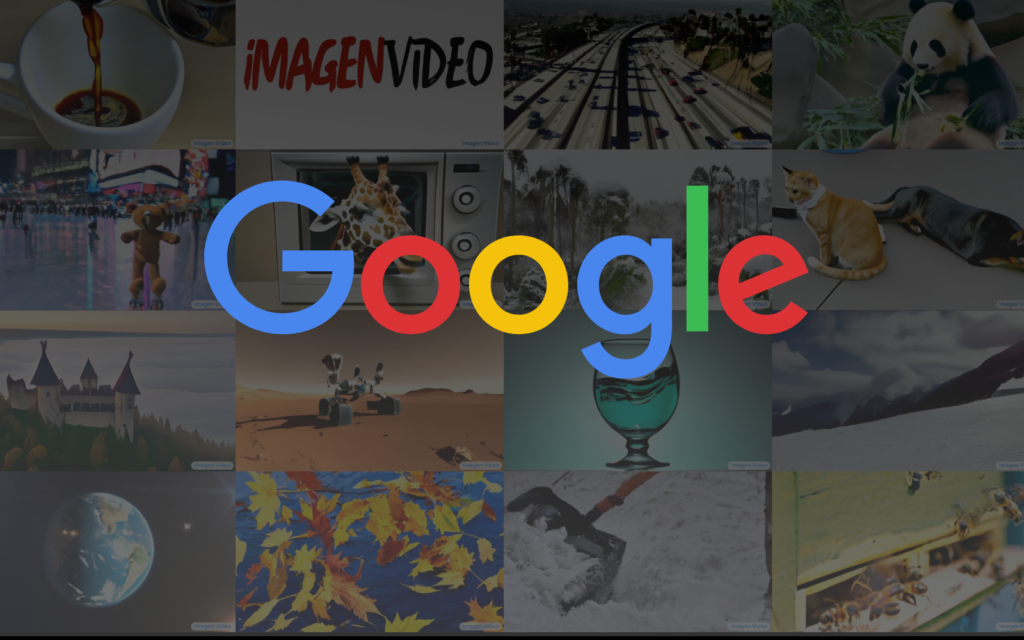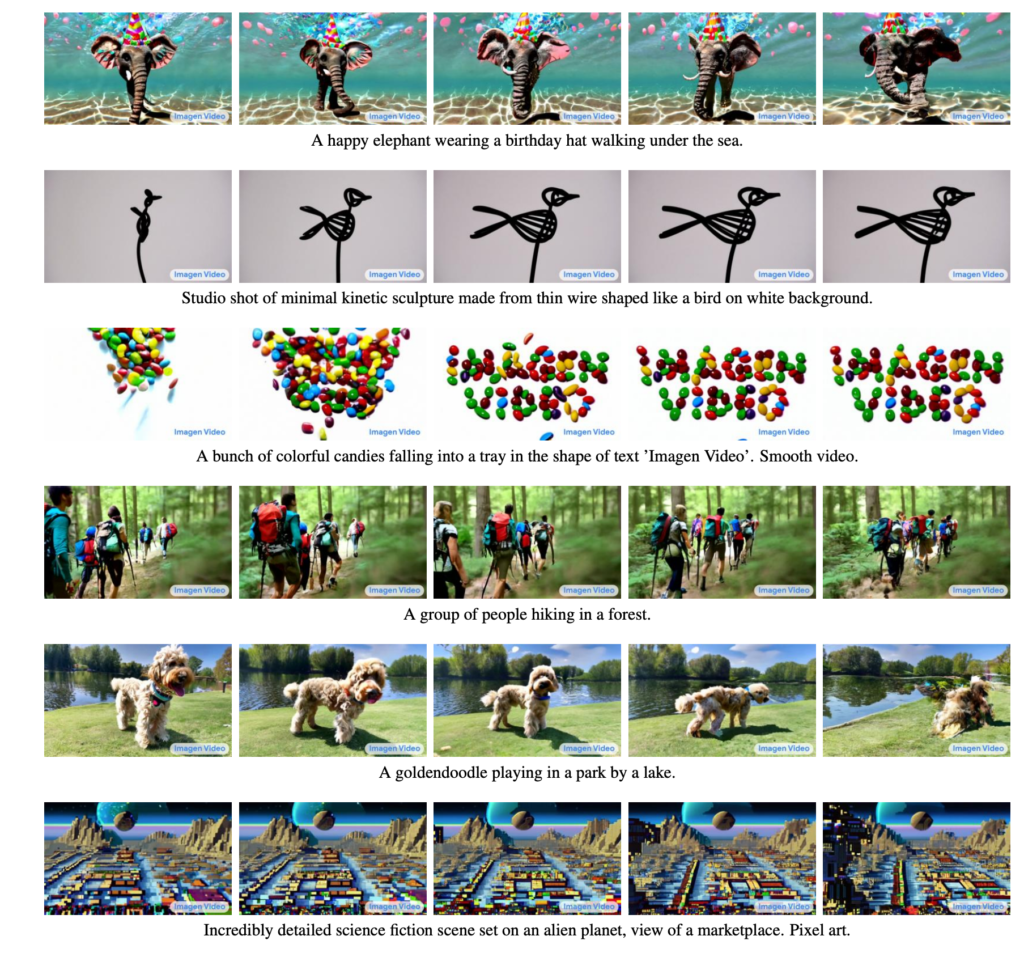Google is hanging on to its text-to-video AI engine, Imagen Video, as it addresses concerns about the potential misuse of the tech. Imagen Video uses AI and machine learning to interpret words and turn them into looping video clips – just like Meta’s Make-A-video. The AI formulates animated 1,280×720 three-dimensional videos at 24fps in different styles, based on your prompts.
Google trying to avoid Skynet and Tay
“We train our models on a combination of an internal dataset consisting of 14 million video-text pairs and 60 million image-text pairs, and the publicly available LAION-400M image-text dataset,” says Google in a research paper.
Imagen videos for now…AI pending
Google won’t be releasing the Imagen Video model code to the public just yet. It also won’t be releasing the source code for now.
Meta has also not released the code to Make-A-Video, but at least offers a sign-up option.
Based on the video loops posted by Google, Imagen has the potential to spark a world of creativity for many.
However, Google’s researchers say “the potential risks of misuse raise concerns regarding responsible open-sourcing of code and demos”.
Read More: Google is bringing its own cloud data centres to South Africa (eventually)
“Video generative models can be used to positively impact society, for example by amplifying and augmenting human creativity. However, these generative models may also be misused, for example, to generate fake, hateful, explicit, or harmful content,” says Google in its research paper.
Google says they’ve”taken multiple steps to minimize these concerns” including applying filters.
“However, there are several important safety and ethical challenges remaining. Imagen Video and its frozen T5-XXL text encoder were trained on problematic data. While our internal testing suggests much of explicit and violent content can be filtered out, there still exists social biases and stereotypes which are challenging to detect and filter,” adds Google.
How it works
Pretty much exactly as you’d expect. There’s a text box, you input your string of text and out pops the algorithm’s best efforts at turning your words into moving pictures. It’s still very obvious, in most cases, that the video was artificially generated. But, if Google addresses its concerns, this could be the start of ‘The Next Big Thing’. What a time to be alive.





